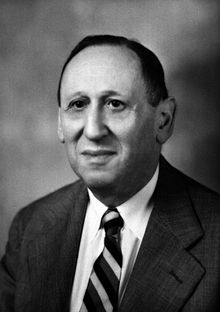Autism Awareness
Interview with
Getting us to grips with this often misunderstood condition here's the Naked  Scientists Quick fire Science, I'm joined by Kate Lamble.
Scientists Quick fire Science, I'm joined by Kate Lamble.
- Autism, was first described as a unique syndrome in 1943 by the American psychiatrist and physician Leo Kanner
- Today, Autism spectrum disorder, or ASD is recognised to affect around one in every 100 people worldwide
- Each case is different, but everyone on the spectrum shares three main areas of difficulty; social interaction, communication, and imagination or flexible thinking.
- On the flip side people with ASD may exhibit common strengths with a focused attention to detail, an excellent memory, and a tendency to logical thinking.
- Other common traits of ASD include a love of routines, sensory sensitivity in one of the five senses, and having intense special interests, topics that they enjoy talking about and engaging in over and over again.
- However it's hard to characterise a condition which ranges from the one in ten people who cannot speak to those who are high functioning and have a milder form of Autism Spectrum Disorder.
- ASD Symptoms typically start to develop in early childhood, but some people with milder forms are not diagnosed with the condition until adulthood.
- In the past, some people believed that the vaccine for measles, mumps and rubella caused ASD. However further investigation showed that there is no link between the two, instead the age at which communication problems begin to appear in ASD patients is around the same age that the vaccine is given.
- While we don't yet know the cause of autism, it's been suggested that high levels of testosterone in the womb may affect brain development and lead to the condition. This may be why males are more likely to have autism than females, at a ratio of about 4:1
- Genetics also seems to play a role in 90% of autism cases, with an increased risk of a baby developing the disorder if relatives have it. But it's likely that many genes are involved, possibly interacting with environmental factors.
- There is no 'cure' for ASD, but education and behavioural support can help. If you are concerned that your child may exhibit characteristics of the disorder, visit your GP who can refer you for an assessment










Comments
Add a comment